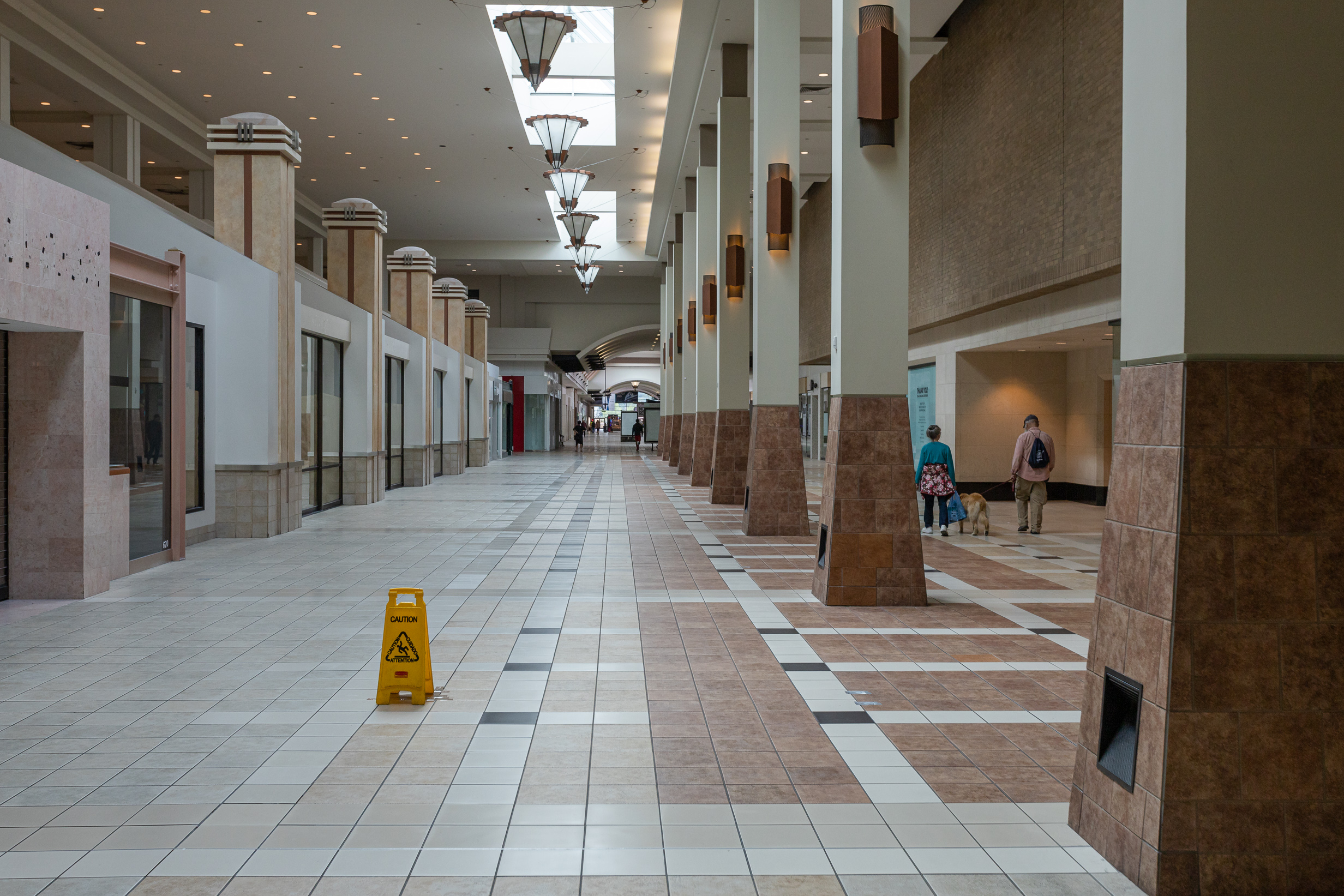
Share To Alt-Tech
This article was originally published on American Conservative. You can read the original article HERE

Because I live near what is allegedly the 14th largest city in the nation (Columbus, Ohio), I am relatively unfamiliar with the concept of the “dead mall.”
As a quick Internet search reveals, the term refers to shopping centers whose evaporating tenants and dwindling shoppers render them gloomily apocalyptic. Certainly I have seen malls in my area close, deteriorate, or face the wrecking ball, but most of the shopping around here seems fairly vibrant—that is, until this past January.
During that fateful month, the Brooks Brothers store in a nearby shopping center closed its doors. It was the only Brooks Brothers store in central Ohio (other than a factory-outlet store), and it was the chief reason why I continued to venture to the shopping center that, until recently, housed it. With the store now shuttered, I have come to more fully grasp the implications of the “dead mall” phenomenon.
I do not mean to overstate the sartorial excellence of Brooks Brothers. As the kids say, let me be clear: Brooks Brothers is not, and probably never has been, on par with the finest Ivy League-style shops in America, including J. Press, O’Connell’s in Buffalo, New York, and Ben Silver in Charleston, South Carolina. I order from all of those stores, but I would be lying if I didn’t say that the foundation of my wardrobe—button-down shirts, blazers, sport coats, and sweaters—came from anywhere but Brooks Brothers.
Part of this was a matter of ease: Brooks Brothers has (or had) stores in most major metropolitan areas in the United States. As it happened, I spent much of my youth in a suburb of New Orleans, which was home to a truly exceptional Brooks Brothers store in the Shops at Canal Place, a mall that was, when I last visited it 26 years ago, very much not dead: Its Brooks Brothers store, which had its own outside entrance, took up three floors. In my quarter-century-old recollection, the first floor was the men’s department, the second, the ladies’ department, and the third, the suiting department. The store was not only huge but beautifully appointed: the mahogany tables, the stacks of sweaters, the shelves of shirts. It was a study in woolen splendor.
When I was 15, my family moved back to Ohio, where I immediately began frequenting the much smaller but still respectable Brooks Brothers at a now-demolished Downtown shopping center. (An ominous sign that went unheeded by me at the time.) When that mall ceased to exist, another Brooks Brothers store—the one that just closed—popped up in its place. Back then, one counted on certain fundamentals: life, liberty, the pursuit of cashmere socks.
Although my own tastes eventually expanded to include the more authentically “Ivy” offerings of J. Press and similar stores, I depended on the presence of Brooks Brothers. After all, one could not easily order blazers or trousers over the phone, and this Brooks Brothers still employed an on-site tailor. Two Christmases ago, in a fit of overspending, I purchased from this store both a camel hair sport coat and a camel hair polo coat—much like the one worn by Jimmy Stewart in the movie Bell Book and Candle. (Google it.) Neither item could have been ordered from afar; both required the in-person ritual of the tailor marking the garments with that triangle of chalk.
Subscribe Today
Get daily emails in your inbox
I was perfectly aware that Brooks Brothers was capable of letting me down. Over a lifetime of purchasing from the brand, I had seen their offerings decline in craftsmanship and in their adherence to the principles of preppiness, and I had certainly noted the superior quality of their competitors. Even so, I cannot deny how pleasurable it was to stroll through the store every few months. The staff seemed to change as often as the seasons (another ominous sign), but just when you had given up on them, someone competent and knowledgeable stepped in. Plus, their tailor was there most days, including just before Christmas.
Last week, I went back to the site of my former Brooks Brothers—what is now, to me, a dead mall. Walking past California Pizza Kitchen, Phyllis Ann’s Signature Ice Creamery, an FYE, a Saks Fifth Avenue that opens at noon and closes at 6 p.m., the place seemed suddenly ghostly. The former Brooks Brothers space sat dark and unused; at the bottom of one of the display windows was a cardboard sign that read “Space Available.”
True, J. Press, O’Connell’s, Ben Silver, et cetera, remain a phone call away, but my life as an in-person shopper has become a little bleaker. As I have learned, dead malls bespeak a gradual deadening of the vast, forgotten country that exists between the coasts.
This article was originally published by American Conservative. We only curate news from sources that align with the core values of our intended conservative audience. If you like the news you read here we encourage you to utilize the original sources for even more great news and opinions you can trust!










Comments